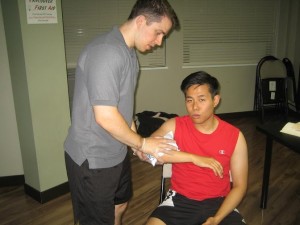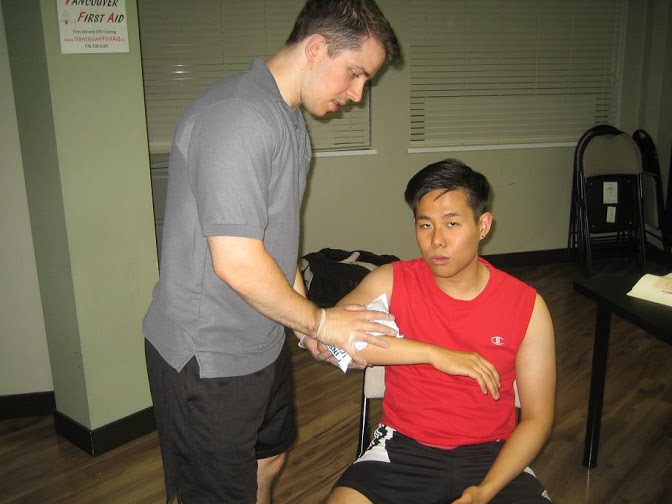Medial epicondylitis or golfer’s elbow is a form of tendinitis which develops once the joint tendons, ligaments and muscles responsible for controlling forearm movement develop small-sized tears or micro tears. The condition triggers symptoms such as the following:
- Pain
- Inflammation
- Limited movement
- Formation of calcium deposits and scar tissue
Aside from the pain, other symptoms of medial epicondylitis include weakness, rigidity, numbness and tingling. Home remedies such as heat or cold therapy can also help relieve these symptoms as well as promote the healing process.
Possible causes and risk factors for medial epicondylitis
Engaging in repetitive activities and overuse that strain on the forearm muscles are the usual causes of medial epicondylitis. Even though the condition is called golfer’s elbow, certain activities that involves the use of work tools or playing tennis also increases the risk for developing the condition. Lack of proper conditioning of the forearm muscles as well as sustaining direct injuries to the elbow are also contributing factors to the condition.

Right time to use cold therapy
Cold therapy is highly effective in managing medial epicondylitis once the symptoms initially develop. Ice works by constricting the blood vessels to minimize the swelling and inflammation from the tissue injury.
Always bear in mind that cold therapy can also minimize muscle spasms and numb the pain. You can utilize cold packs or a pack of frozen vegetables when applying cold therapy. Make sure that a layer of towel or cloth is applied in between the skin to avoid damage to the tissues. Remember to limit cold therapy to 15-20 minutes at a time since prolonged exposure can lead to tissue damage.
Right time to use heat therapy
When heat is used, it opens up the blood vessels and increases the flow of blood to the affected elbow joint to promote the healing process. Heat reduces the symptoms such as rigidity, pain and fluid build-up in the tissues.
Heat should not be applied to fresh injuries though. It is recommended to wait 3-4 days before heat is used or until the swelling subsides. You can select from various heat therapies such as a heat pack, infrared heat, soaking the affected elbow joint in warm water or applying a medicated heat rub. Avoid applying heat to any area with an open cut or wound.
Considerations to bear in mind
If the individual has a long-lasting case of medial epicondylitis, you can either use heat or cold therapy to alleviate the pain and other symptoms. Nevertheless, if the individual has medical issues such as diabetes, kidney disease or nerve damage, a doctor should be consulted before using heat therapy.
Monitor for any adverse effects after using heat rubs since some ingredients such as capsaicin can trigger irritation or allergic reactions.

